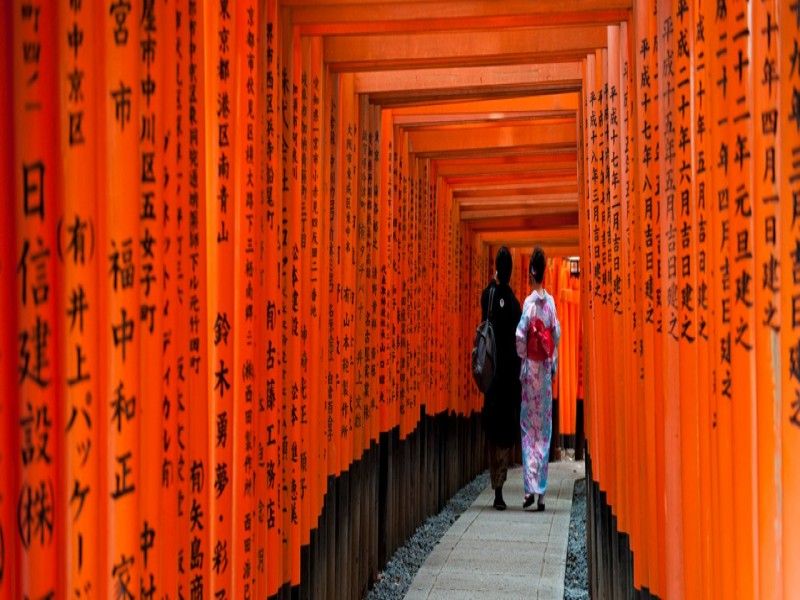Kyoto is commonly known for being the scenic old capital of Japan and of course, for housing the headquarters of multinational video game company Nintendo. Not only that, but it is also considered a pioneering city in sustainability. After all, its name is synonymous with environmental leadership in what is considered to be one of the flagship global environmental protocols: the UNFCCC Kyoto Protocol of 1992 – the first agreement committing nations to limit their greenhouse gas emissions.
What’s the strategy behind this? The main eye-catching aspect is making sure that their cultural heritage is deeply woven into their meetings and events industry. The Kyoto Convention Bureau is keen to play up sustainability and support for traditional local industries in the events Kyoto gets, especially since this concept is clearly present into the culture and history of the city. The Kyoto Culture for Meetings Subsidy is provided by the city government and pays up to 300,000 yen (US$2,700) towards the cost of incorporating traditional elements into the event programme. Such elements include tea ceremony demonstrations, handmade gifts by local artisans for delegates, Zen meditation classes, workshop visits or hands-on classes with local crafts-men, traditional performances like taiko drums and music and dances by maiko and geiko, Kyoto’s unique style of geisha. In fact, the CVB works in partnership with the Kyoto Museum of Traditional Crafts to offer convention bags that use high quality, locally produced kimono fabric made by traditional Kyoto artisans. This way, an event can directly support the local economy, while giving the delegates a chance to take home a memorable piece of their experience in Kyoto.
Yoshiaki Matsui, deputy director of the Kyoto Convention Bureau’s planning division revealed that more organisers are taking a destinations’ sustainability into consideration when choosing a host city.
“We want to attract meetings that are interested in contributing to our city, connecting with our community, embracing localism, using our carbon offset programme and supporting our traditional industries,”
he said.
As more event organizers take sustainability into account, the Do You Kyoto? scheme developed by the city, offers the most direct way to offset their emissions by buying carbon credits. This scheme is often marketed through the use of its simple and cute “Kawaii” logo. Through its continuous commitment to sustainability, and being the first destination in Asia to join the Global Destination Index, Kyoto is showing us how cultural value feeds into community development and thus into sustainability. Which, not only brings progress, but also elevates the city as a top choice destination.
Read more about Kyoto’s sustainability initiatives in last month’s TTGmice magazine here. To find out more about Kyoto’s sustainability initiatives and progress, you can find its GDS-Index performance page here and on the CVB website.



